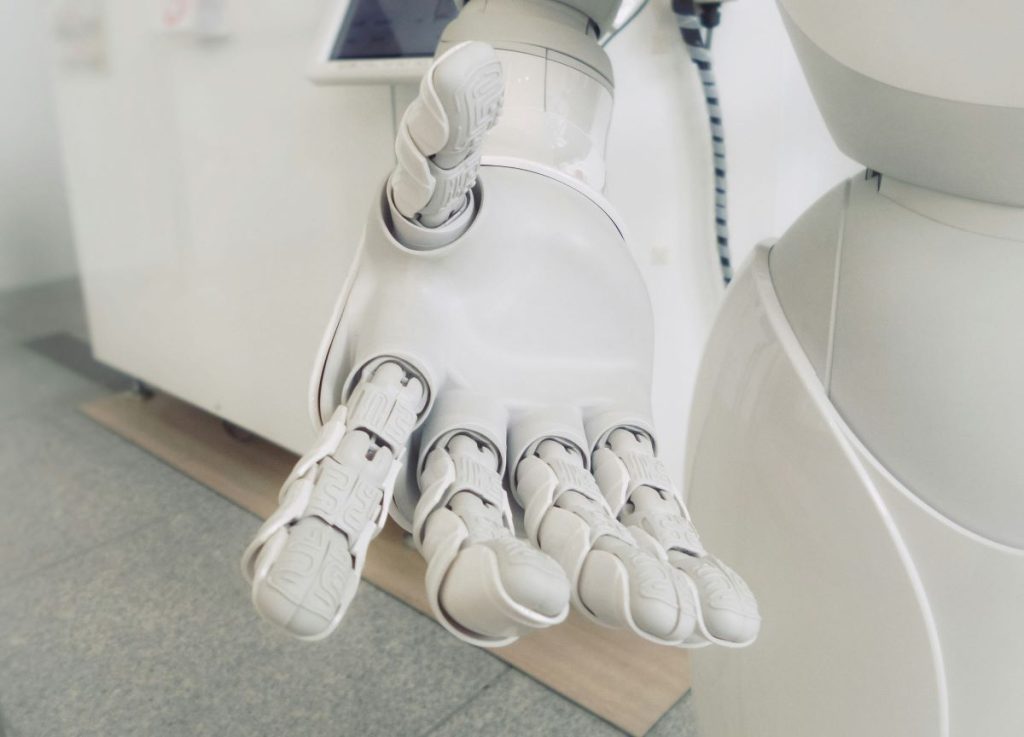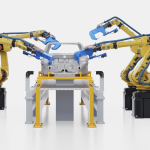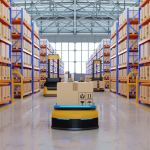Robotics has moved beyond being a tool for operational efficiency—it has become the linchpin for future-ready supply chain strategies. As global robot density hits a record 162 units per 10,000 employees, according to the International Federation of Robotics, the leaders embracing automation are shaping the next wave of supply chain transformation. Korea’s astounding 1,012 robots per 10,000 employees leads the charge, while China’s leapfrogging of Germany and Japan demonstrates how emerging markets are leveraging robotics to achieve global dominance.
This is more than a technological shift. It represents a fundamental rethinking of supply chain resilience, scalability, and competitive positioning.
Robotics as a Competitive Advantage, Not Just an Efficiency Tool
While robotics has traditionally been deployed to address inefficiencies—like mitigating dock bumper damage through innovations such as Stertil’s polyethylene (PE) dock bumpers—its role has expanded into reshaping supply chain economics. Automation tools, like Ocado Intelligent Automation’s (OIA) Automated Storage and Retrieval System (ASRS), do more than streamline workflows. These systems enable organizations to unlock new business models by adapting to complex market demands at unprecedented speed.
For instance, OIA’s ASRS is now being deployed across industries like healthcare, consumer goods, and third-party logistics, proving that robotics is no longer confined to warehousing. It is enabling businesses to deliver personalization at scale, create faster replenishment cycles, and even reduce environmental impact through optimized resource utilization. These are transformative outcomes that extend well beyond cost savings—this is about delivering value across the entire supply chain ecosystem.
Robotics Fuels Decision-Making and Long-Term Resilience
One of the most underestimated aspects of robotics is its ability to turn operations into data engines. Partnerships like the one between Körber Supply Chain Software and Dexory demonstrate how robotics integrated with advanced data intelligence transforms decision-making. Dexory’s autonomous mobile robots don’t just optimize inventory accuracy—they provide a level of visibility that empowers leaders to make strategic decisions about capacity, labor, and growth opportunities in real time.
For senior executives, this shift is profound. It’s not just about automating repetitive tasks; it’s about gaining the insights needed to navigate complexity and unpredictability. When robotics feeds into broader enterprise strategies, the result is a supply chain that isn’t just reactive—it becomes predictive and proactive.
Robotics as a Driver of Business Innovation
The conversation around robotics must shift from “essential” to “transformative.” Yes, automation is critical for keeping pace with e-commerce growth, but its true potential lies in how it enables innovation. Businesses leveraging robotics are redefining customer service levels with faster, more accurate deliveries. They’re reducing waste through precise forecasting and enabling sustainable practices by optimizing energy consumption across automated systems.
Moreover, robotics is breaking down barriers to global market entry. By automating labor-intensive processes, organizations can operate profitably in markets where labor costs or availability previously posed a challenge. For multinational enterprises, this opens up a wealth of untapped opportunities to scale operations across geographies.
From Automation to a Strategic Growth Engine
The real question for senior supply chain leaders is not just whether robotics is essential but how it can be leveraged to drive strategic transformation. Automation isn’t merely a cost-center optimization tool—it’s a growth enabler. Leaders who embrace robotics as part of a broader innovation strategy will find themselves at the forefront of a new era in supply chain management, where agility, sustainability, and customer centricity define success. To delay is to risk falling behind in a world where adaptability is the ultimate competitive advantage.







